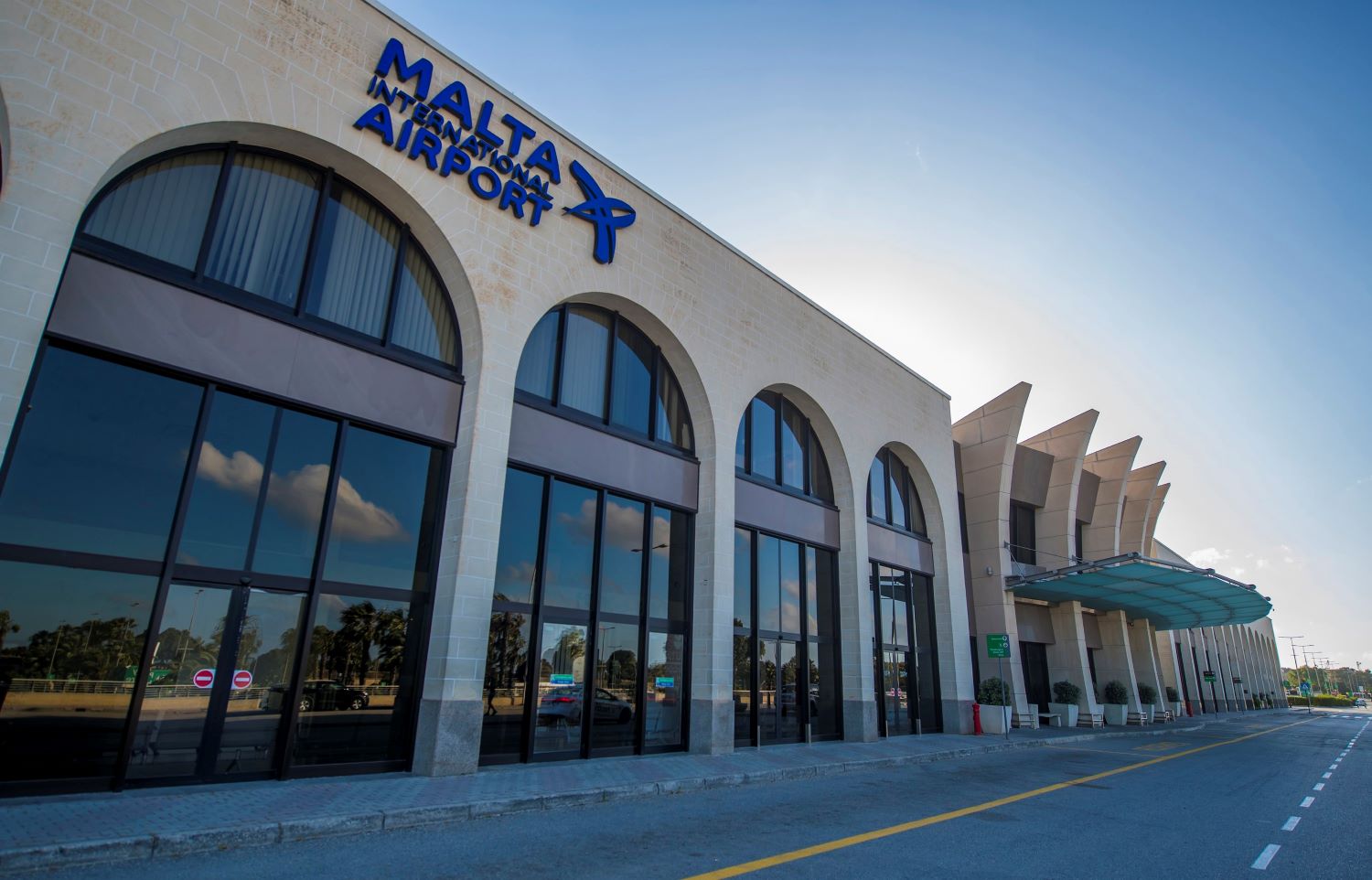In a study published back in 2020, air connectivity in Malta was found to have significantly deteriorated in the wake of the COVID-19 pandemic. In my latest analysis, I assess the developments in connectivity since then as well as the implications on connectivity due to the setup of a new national airline.
Post COVID-19 air connectivity in Malta

In 2019, Malta was directly connected to 125 airports. In the wake of the COVID-19 pandemic this fell significantly to around 70 flights in 2020 (Figure1). By 2023, direct connectivity increased to 100, thus still lagging 2019 levels by 25 airports, with an increase of seven new direct connections in 2023 more than offset by the loss of 32 direct connections which were present in 2019 (Figure 2).
This meant that by 2023, country connectivity fell to 34, from 40 in 2019 (Figure 3). Although one new country – Croatia – is now connected to Malta, seven countries (Egypt, Finland, Jordan, Morocco, Qatar, Russia and Ukraine) are no longer connected. Whilst some may have been wiped out temporarily due to extraordinary reasons (e.g. Russia-Ukraine war), others might have been lost indefinitely. Crucially, direct connectivity from Malta to North Africa and the Middle East has notably deteriorated.

Notwithstanding this reduction in connectivity, in 2023 MIA registered a strong increase in passenger movements when compared to 2019. This signals that movements to and from long-standing connections intensified. This intensification, together with further route recovery and new connectivity developments will likely lead to significant increases in passenger movements in the near future. In fact, passenger movements are expected to exceed the 8 million mark in 2024. In this view, MIA announced a six-year €250 million investment to upgrade several airport facilities. This will be crucial to be able to sustain such increases in passenger movements in the future and accommodate further connectivity growth from Malta.

The implications of a new national airline on air connectivity
Following an agreement reached between the government and the European Commission, a new flag carrier – KM Malta Airlines – will replace the current national airline on 31st March 2024. The new airline aims to be profitable by 2025 through cost containment, increased aircraft utilisation and boosting seat load factors.
The new national airline will concentrate its operations on 17 of the profitable routes currently operated by Air Malta. However, five routes – Rome Fiumicino, Munich, Paris Charles-de-Gaulle, Zurich and Vienna – will experience increased flight frequencies. As a result, the national carrier in 2024 will be offering up to 26 less connections to passengers when compared to 2019. However, not all of these will be entirely wiped out from Malta’s air connectivity (Figure 7). Seven alternative airlines offer flights to 15 of such destinations. Nonetheless, a reduction in competition may still lead to a negative impact on connectivity, since fewer seats and airlines having a monopoly on certain routes may result in adverse price effects for travellers. Furthermore, whilst some are lost due to extraordinary events (such as flights to Moscow and Kyiv), other connections such as Venice and Southend – although lost – are still served by multiple airports close by. Thus, the overall impact on connectivity from the downscaling of Air Malta routes appears to be minimal.

Crucially, the 17 routes serviced by the new national airline connect Malta to Europe’s largest airports. With Malta’s size and population making long-haul routes unprofitable and unsustainable in the long run, it is crucial to rely on indirect connectivity as a gateway to the rest of the world. Figure 8 shows which airports are just two flights away, based on connections offered from the new national airline. This clearly illustrates that the airline will still be offering strong secondary connectivity to all continents.

In conclusion, although passenger numbers in 2023 have surpassed those in 2019, Malta’s air connectivity remain below its pre-pandemic levels. As a result, Malta’s connection to seven countries has been severed. This is especially evident in North Africa and the Middle East. In 2024, the new national airline replacing Air Malta will cut back further on its destination offering. However, due to the availability of indirect connections and the presence of alternative airlines, Malta’s overall connectivity is not expected to be severely impacted. However, this does result in a less competitive environment on certain routes and countries, which may hurt consumers.
Gozo business groups avoid direct comment on Portelli’s approved Xlendi ‘tower’
The development was approved yesterday
Cloudflare suffers second major outage in a month, knocking global platforms offline
The outage comes amid scheduled maintenance at Cloudflare’s Detroit data centre
New advisory group formed to address migrant labour challenges in Malta’s ride-hailing and delivery sectors
'Effective migration governance requires collective action'







